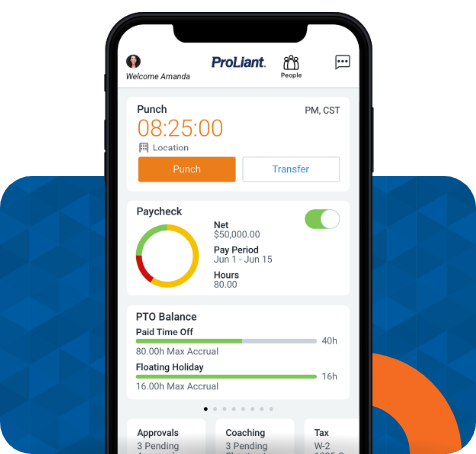In today’s fast-paced business environment, the efficiency of your Human Resources (HR) department can make or break your company’s success. HR workflow processes, the backbone of daily operations, ensure that everything from hiring to employee management runs smoothly. But even the best workflows can sometimes hit a snag, slowing down productivity and frustrating your team. That’s why optimizing these processes is crucial. In this article, we’ll explore practical strategies like automation, centralization, and continuous improvement that can help streamline your HR workflows and boost overall efficiency.
Understanding Human Resources Workflow Processes
Human Resources workflow processes are the structured sequences of tasks that your HR department follows to manage various aspects of employee management. These workflows are essential because they ensure that critical functions like recruitment, onboarding, performance evaluations, and employee benefits administration are carried out consistently and efficiently. By standardizing these processes, businesses can minimize errors, reduce delays, and improve overall productivity. For more insights, explore our article on HR workflows strategies for enhanced productivity. Whether it’s streamlining the hiring process or managing employee data, well-defined HR workflows play a pivotal role in maintaining smooth operations and ensuring that your team can focus on what really matters—supporting your employees and driving company success.
Identifying Inefficiencies in HR Workflow Processes
Even the most well-intentioned HR workflows can fall victim to inefficiencies that hinder productivity. Common issues include manual data entry, which is time-consuming and prone to errors, and siloed systems that don’t communicate with each other, leading to duplicated efforts and missed information. Outdated practices, such as relying on paper-based forms or using legacy software, can also slow down processes and create bottlenecks. These inefficiencies not only waste valuable time but can also lead to employee frustration and reduced overall effectiveness. Identifying and addressing these pain points is the first step towards optimizing your HR workflows for a smoother, more efficient operation.
Strategies for Optimizing HR Workflow Processes
Optimizing HR workflow processes is key to enhancing efficiency and reducing the time spent on repetitive tasks. Here are some actionable strategies to help you streamline your HR operations:
Automation: Automating repetitive tasks, such as payroll processing, employee onboarding, and benefits administration, can save significant time and reduce the likelihood of errors. For more insights, explore the role of automation payroll compliance to ensure your processes are both efficient and compliant. With automation, your HR team can focus on more strategic activities, such as employee development and engagement, rather than getting bogged down in manual processes.

Centralization: A centralized HR management system brings all your HR processes under one roof, making it easier to manage and track various tasks. Whether it’s employee records, performance evaluations, or time-off requests, centralization ensures that all information is accessible in one place, reducing the need to switch between multiple systems and improving overall efficiency.
Continuous Improvement: To keep your HR workflows running smoothly, it’s essential to encourage regular feedback from your HR team and employees. This feedback can help identify areas where processes may be lagging and provide insights for refinement. Regular reviews of your workflows ensure they remain aligned with your company’s evolving needs and industry best practices.
Integration: Integrating your HR tools and systems ensures that different aspects of your HR operations, such as recruitment, payroll, and employee management, work seamlessly together. By eliminating data silos and ensuring that information flows smoothly between systems, integration can significantly streamline your processes and enhance the overall efficiency of your HR department. To explore the critical role that automation and workflows play in HR and payroll, check out our article on the importance of automations & workflows in HR-payroll.
By implementing these strategies, your HR team can work more efficiently, reduce bottlenecks, and focus on activities that drive value for your organization.

Measuring the Impact of HR Workflow Optimization
After implementing optimization strategies, it’s crucial to track and measure their impact to ensure they’re delivering the desired results. Start by identifying Key Performance Indicators (KPIs) such as time-to-hire, employee satisfaction, and process completion times. These metrics will provide clear insights into how well your workflows are performing. Establish feedback loops with your HR team and employees to gather their perspectives on the changes, helping you to fine-tune processes as needed. Continuous monitoring is essential to sustain efficiency, allowing you to quickly address any new bottlenecks and keep your HR operations running smoothly.
Takeaways
Optimizing HR workflows is essential for boosting efficiency and ensuring smooth operations. By automating tasks, centralizing systems, and continuously refining processes, your HR team can focus on strategic initiatives that add value. Take the time to evaluate your current workflows and implement these strategies to enhance your department’s productivity.









No Comments Yet
Let us know what you think